Contents
Guide
Page List
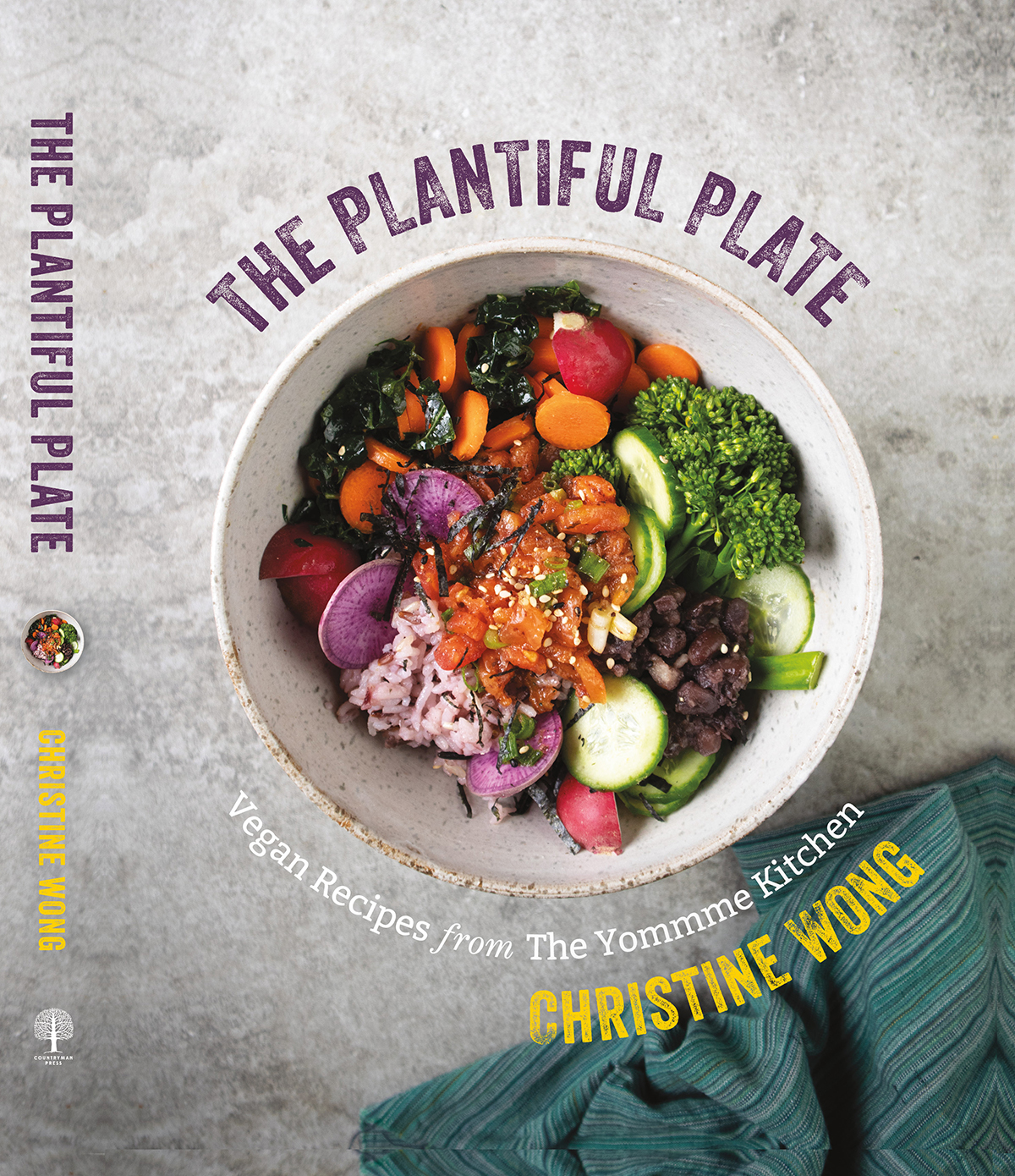
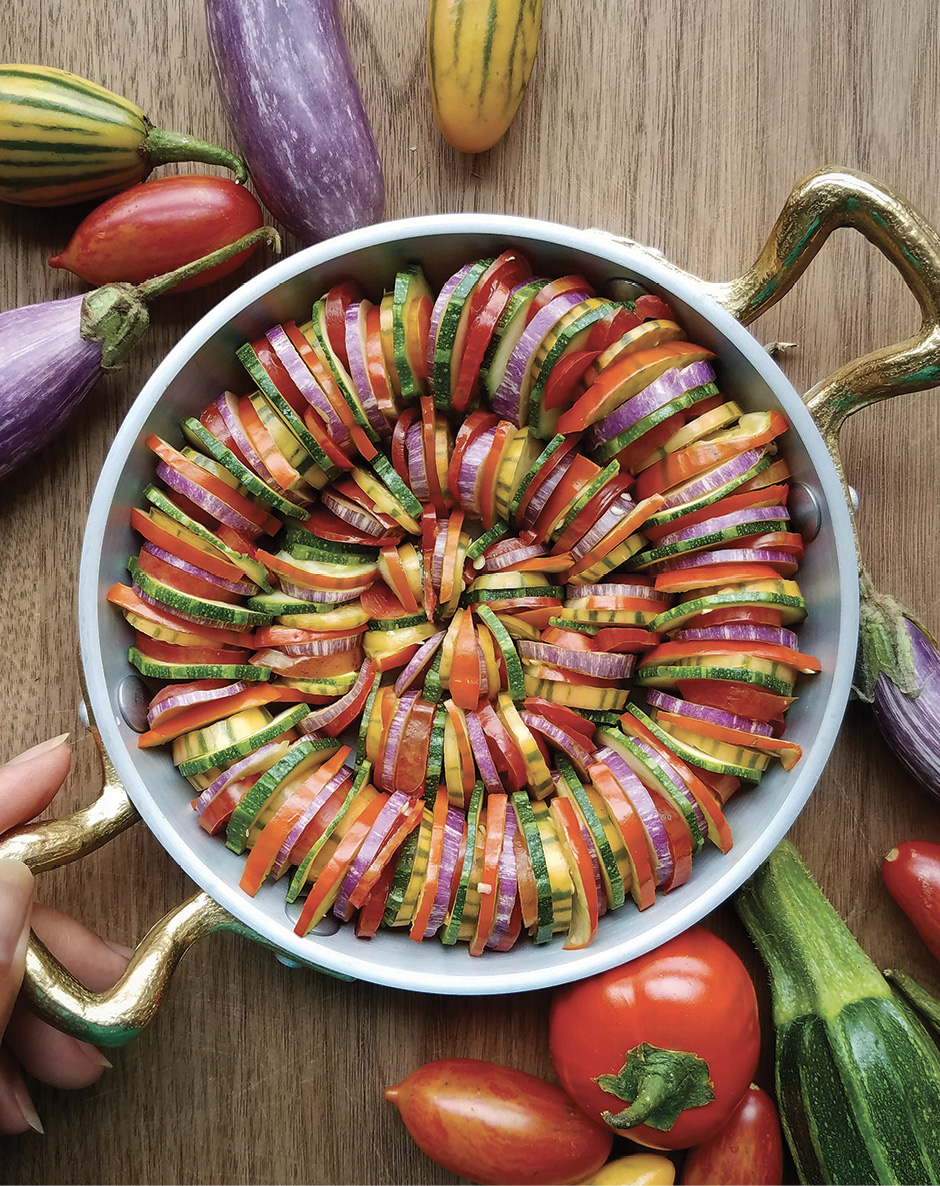
Ratatouilles Ratatouille,
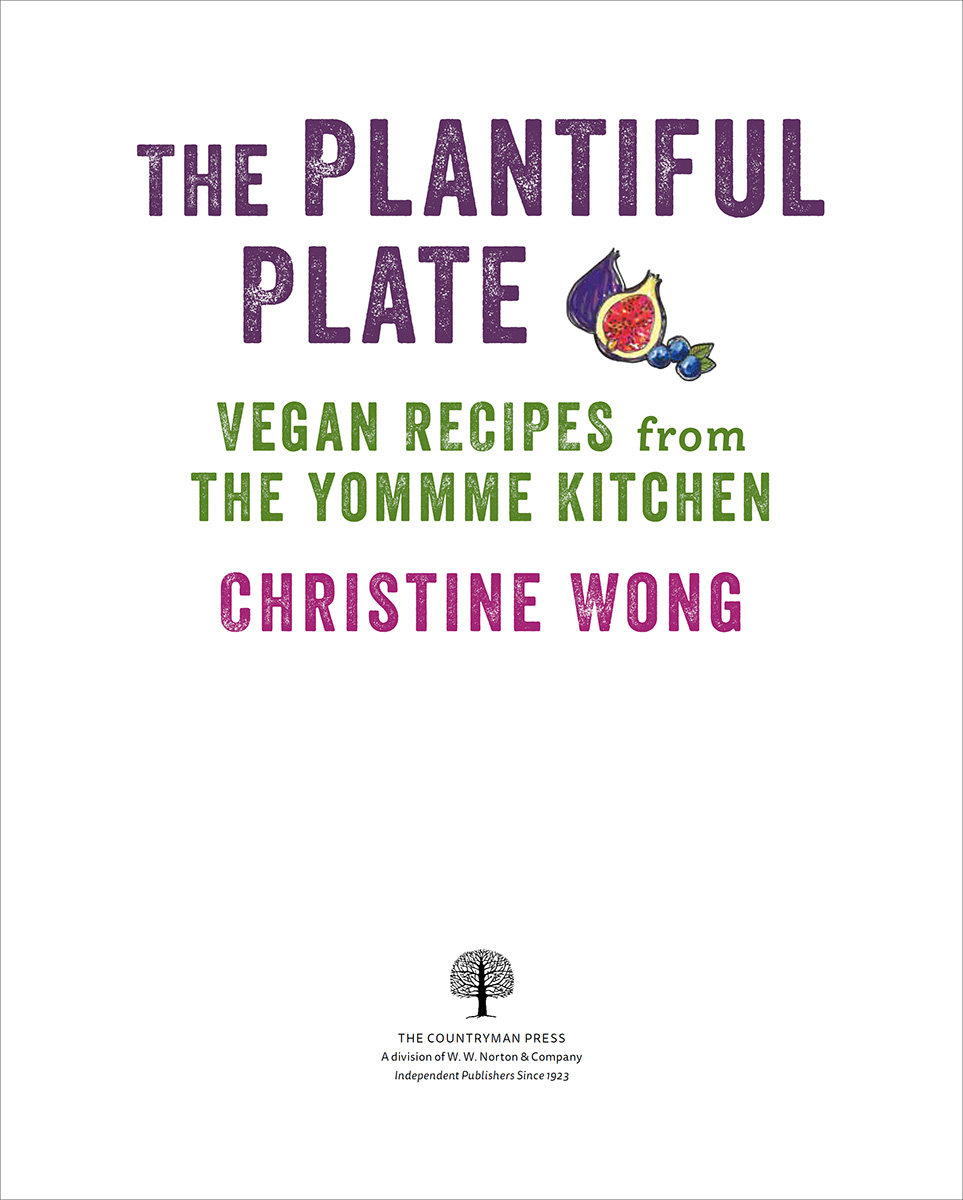
For future generations, may you discover and enjoy the earths bounty and protect all the magic of the ocean
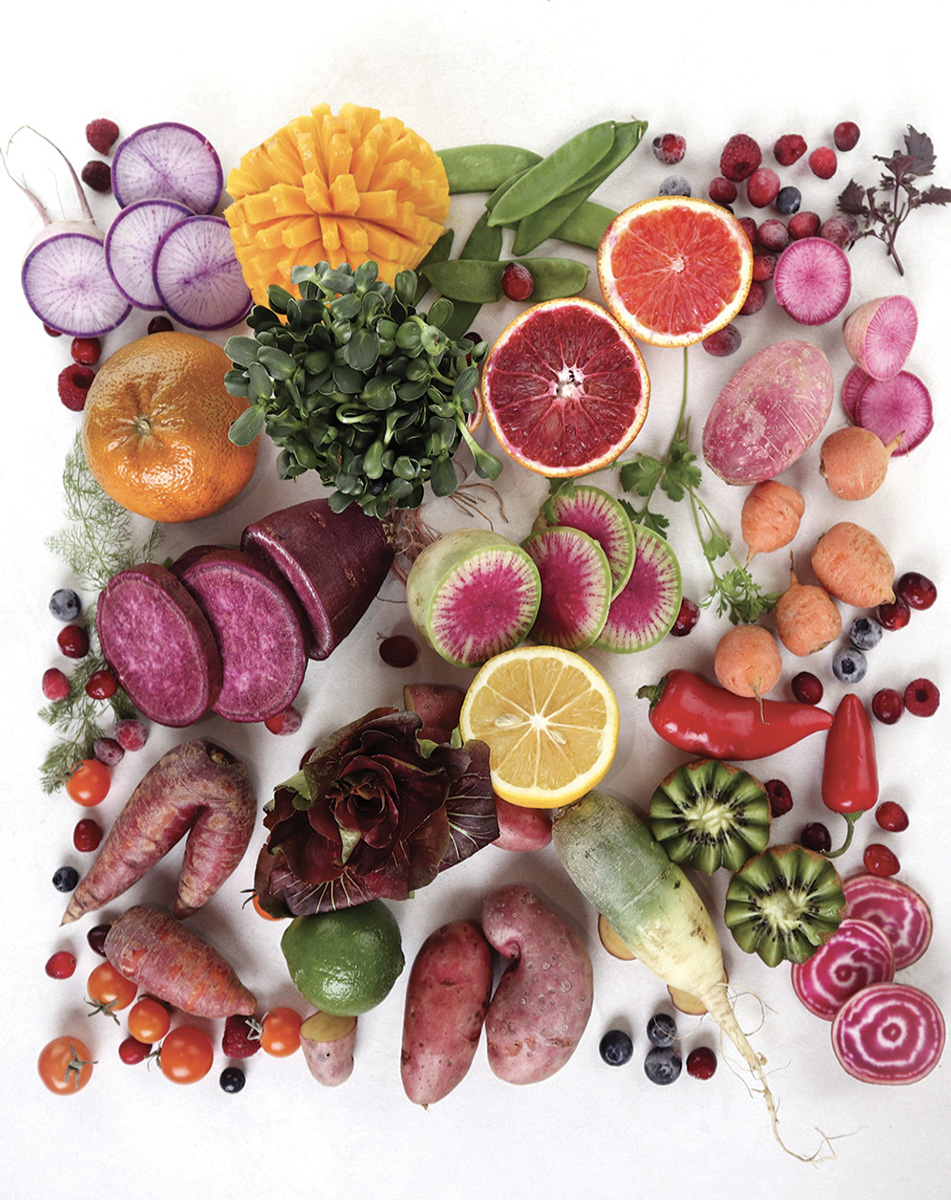
CONTENTS
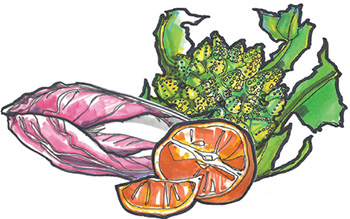
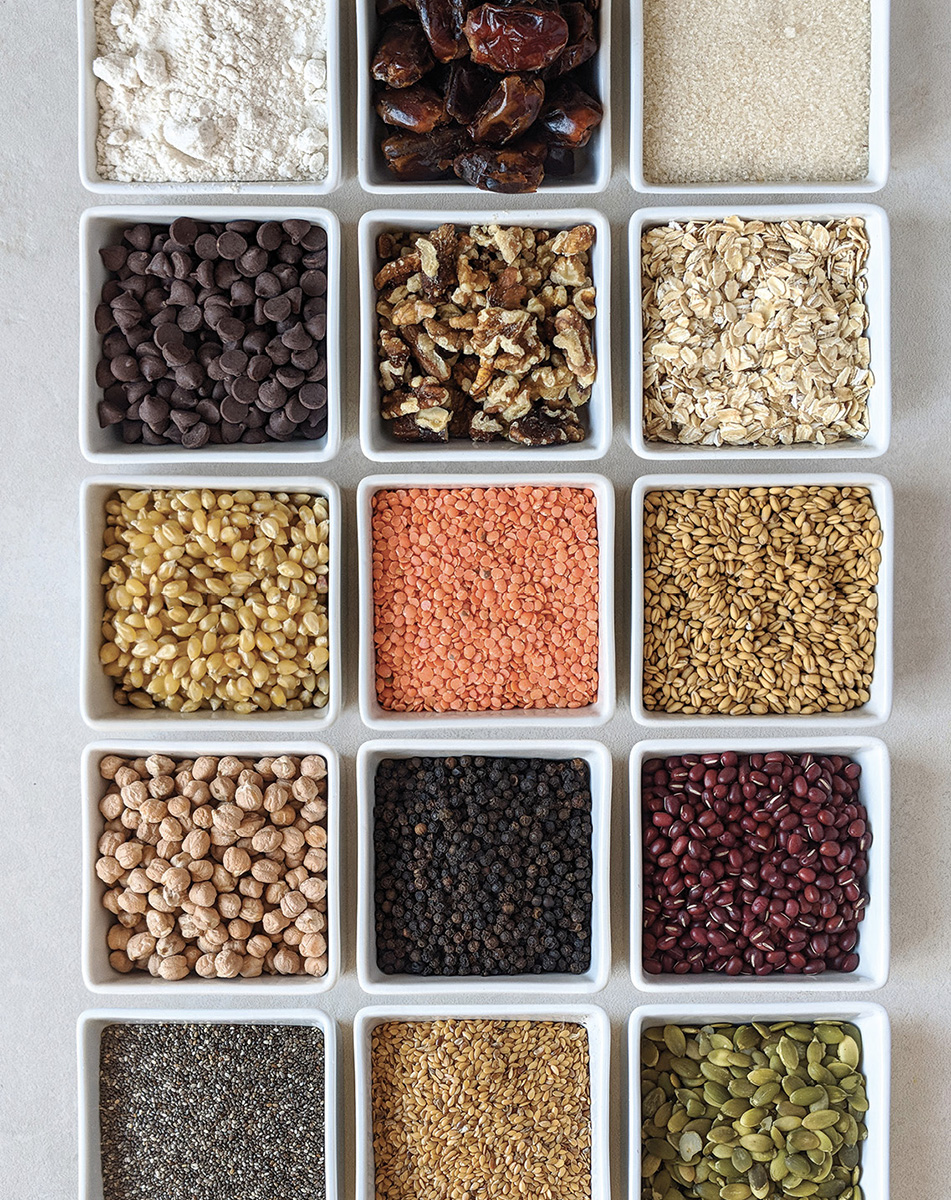
The Yommme Kitchen is for people who want to incorporate more vegetables into their meals, whether theyre beginners in the kitchen or they tend to make the same things again and again. Many people are intimidated by veggies because they dont know how to make them satisfying, fun, and exciting. This book will help make you more confident in the kitchen as you gain flexibility in creating foods and let go of any stress or fears you have about cooking. Yommme is a name I created to encompass mindful cooking + delicious food + feeling great. As with yoga, the more you practice, the less you have to put effort into your practiceand the stronger you become. Although I live in New York City, where home cooking is an anomaly, we eat at home 95 percent of the time because its healthier, tastier, and more affordable, and doing so greatly reduces our carbon footprint.
For the most part, I tend to use ingredients that are accessible and recognizable, which includes a lot of fresh and local produce. As a self-taught cook, I have learned to think outside the norm by creating healthier versions of traditional favorites. I find inspiration almost everywherefrom discoveries of in-season produce at the local greenmarkets to experiences with people, places, and the sights around me, and even the occasional movie. One of my most popular dishes, Ratatouilles Ratatouille (), has been featured on numerous reputable food-related social-media pages, and its been re-created around the world by my friends and Instagram followers. It was inspired by the Pixar movie Ratatouille; the films catchphrase, Everyone can cook, is something I strongly believe in and advocate. This book is a collection of recipes that I use all the time, provided in a format of versatile combinations I like to call food vinyasas.
They inspire the creation of hundreds of flavorful dishes. My approach centers around eating natural, plant-based foods and using whole ingredients, that is suitable for any lifestyle. The vinyasas are designed to allow for flexibility and creativity. This method of cooking helps reduce the fear of cooking, curbs reliance on processed foods by making conscious food choices, and builds the foundation for a lifetime of good eating.
My Story
As a health coach, Ive made it my mission to inspire others to add more plant-based, and plastic-free, meals into their lives. I share my recipes and ideas to enable anyone, with any level of cooking experience and on any budget, to cook more consciously.
Lets face it, it can be hard to choose to eat healthy when so many options may seem more appealing, cheaper, and more convenientbut often also more harmful and wasteful. Eating habits can become ingrained at a very early age, and the science shows our taste buds and brains can become addicted to the pleasurable reward of foods high in calories, sugar, and unhealthy fats. I admit to a lifelong penchant for constantly snacking on all kinds of crunchy, savory snacks. It took me some time to realize the harmful effects of this habit, and Im glad Ive now found my way to plant-based, healthy snacking and eating. My meals are now a daily celebration of the versatility of vegetables and fruits. After all, you can juice them, steam them, or eat them raw; stew, roast, or grill them; and even fry them.
Through this book, I hope to illustrate how easy and rewarding it can be to eat this way. REAL FOOD IS...  Fresh, seasonal, local, and/or organic: This type of produce is not genetically modified or sprayed heavily with pesticides or gases to ripen during shipment.
Fresh, seasonal, local, and/or organic: This type of produce is not genetically modified or sprayed heavily with pesticides or gases to ripen during shipment.  A whole ingredient: Whole ingredients include nuts, fruits, legumes, and vegetables. Fresh, local, or organic is preferable.
A whole ingredient: Whole ingredients include nuts, fruits, legumes, and vegetables. Fresh, local, or organic is preferable.  Anything without a nutrition label: If a food does have a nutrition label, it should be minimally processed and include five or fewer ingredients.
Anything without a nutrition label: If a food does have a nutrition label, it should be minimally processed and include five or fewer ingredients.
You should be able to recognize all the words in the ingredient list.  Naturally sweet: Sweeteners should be 100 percent naturalfor example, maple syrup and dates.
Naturally sweet: Sweeteners should be 100 percent naturalfor example, maple syrup and dates.  Preferably not packaged in plastic.
Preferably not packaged in plastic.  My earliest cooking memories are of my mother, who went to great lengths to cook all the recipes she saw in the New York Times Best Recipes column. Although Ive never made them myself, my favorites were her salmon and broccoli souffl and an herb and onion bread that inspired the flavors of my Essential Loaf recipe (). I began to cook on my own when I was 9 years old.
My earliest cooking memories are of my mother, who went to great lengths to cook all the recipes she saw in the New York Times Best Recipes column. Although Ive never made them myself, my favorites were her salmon and broccoli souffl and an herb and onion bread that inspired the flavors of my Essential Loaf recipe (). I began to cook on my own when I was 9 years old.
We had a tiny strawberry patch in our backyard, and I made my own jam by squishing the berries in a plastic sandwich bag. We moved to Hong Kong when I was 12, and taking cues from my mothers love for entertaining and sharing food, I often brought large salads and bags of popcorn to share with friends at school. I returned to the United States for college, attending Parsons School of Design in New York City to study graphic design. There, I often cooked in my dorm kitchen; even then, I understood that the rice and fresh vegetables Id pick up in Chinatown were infinitely healthier for me than the fast-food options surrounding meor my roommates tins of Spam. After college, while living in Hong Kong and Tokyo, I gradually taught myself how to cook with the basics and discovered the joy of creating foods beyond the usual salads and popcorn for others to enjoy. From finishing puzzles as a child to designing corporate identity programs in my work as a designer, I have always loved the process of creating something from start to finish.
Now I experience that same joy through cooking. Its the same feeling whether I have a very specific dish in mind from the beginning or instead opening the refrigerator, taking stock of its contents, and improvising something. In 2002, I moved back to New York City, this time with a husband and a brand-new baby. With an infant to feed, I became very focused on the quality of the ingredients in the foods I purchased and prepared. I wanted to provide the best nourishment possible for my family, which eventually included a second child. Shelf-stable baby foods were never an option because I couldnt bear to eat them myself, so I made my own purees using produce my husband and I regularly ate.


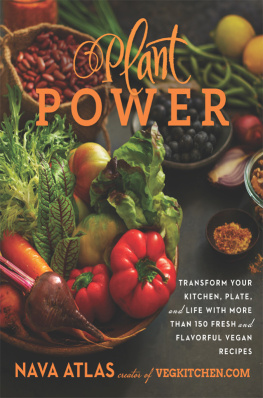
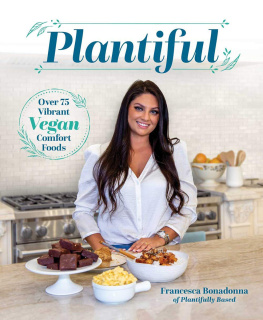
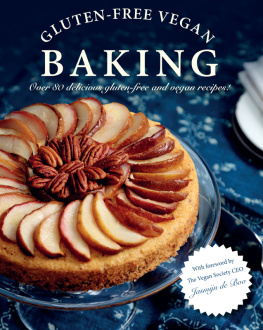
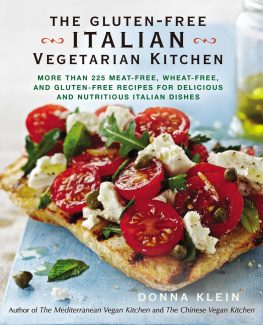
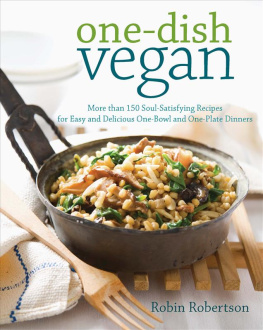
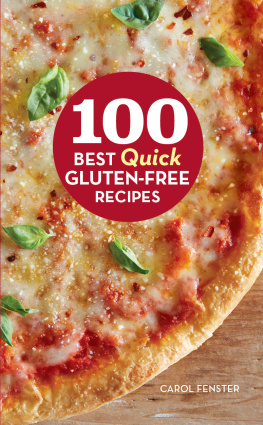

 Ratatouilles Ratatouille,
Ratatouilles Ratatouille,  For future generations, may you discover and enjoy the earths bounty and protect all the magic of the ocean
For future generations, may you discover and enjoy the earths bounty and protect all the magic of the ocean 

 The Yommme Kitchen is for people who want to incorporate more vegetables into their meals, whether theyre beginners in the kitchen or they tend to make the same things again and again. Many people are intimidated by veggies because they dont know how to make them satisfying, fun, and exciting. This book will help make you more confident in the kitchen as you gain flexibility in creating foods and let go of any stress or fears you have about cooking. Yommme is a name I created to encompass mindful cooking + delicious food + feeling great. As with yoga, the more you practice, the less you have to put effort into your practiceand the stronger you become. Although I live in New York City, where home cooking is an anomaly, we eat at home 95 percent of the time because its healthier, tastier, and more affordable, and doing so greatly reduces our carbon footprint.
The Yommme Kitchen is for people who want to incorporate more vegetables into their meals, whether theyre beginners in the kitchen or they tend to make the same things again and again. Many people are intimidated by veggies because they dont know how to make them satisfying, fun, and exciting. This book will help make you more confident in the kitchen as you gain flexibility in creating foods and let go of any stress or fears you have about cooking. Yommme is a name I created to encompass mindful cooking + delicious food + feeling great. As with yoga, the more you practice, the less you have to put effort into your practiceand the stronger you become. Although I live in New York City, where home cooking is an anomaly, we eat at home 95 percent of the time because its healthier, tastier, and more affordable, and doing so greatly reduces our carbon footprint.  Fresh, seasonal, local, and/or organic: This type of produce is not genetically modified or sprayed heavily with pesticides or gases to ripen during shipment.
Fresh, seasonal, local, and/or organic: This type of produce is not genetically modified or sprayed heavily with pesticides or gases to ripen during shipment.  My earliest cooking memories are of my mother, who went to great lengths to cook all the recipes she saw in the New York Times Best Recipes column. Although Ive never made them myself, my favorites were her salmon and broccoli souffl and an herb and onion bread that inspired the flavors of my Essential Loaf recipe (). I began to cook on my own when I was 9 years old.
My earliest cooking memories are of my mother, who went to great lengths to cook all the recipes she saw in the New York Times Best Recipes column. Although Ive never made them myself, my favorites were her salmon and broccoli souffl and an herb and onion bread that inspired the flavors of my Essential Loaf recipe (). I began to cook on my own when I was 9 years old.